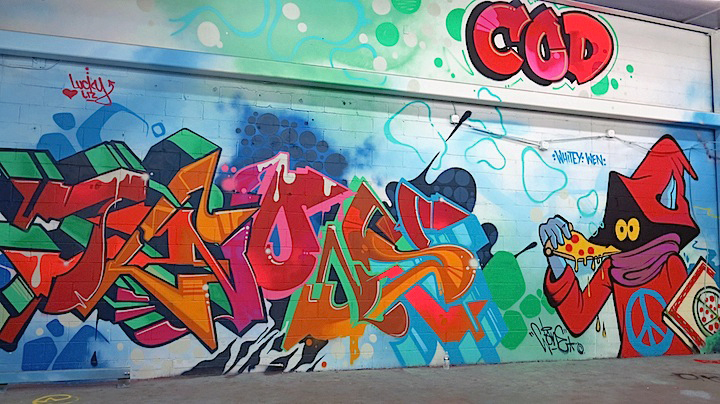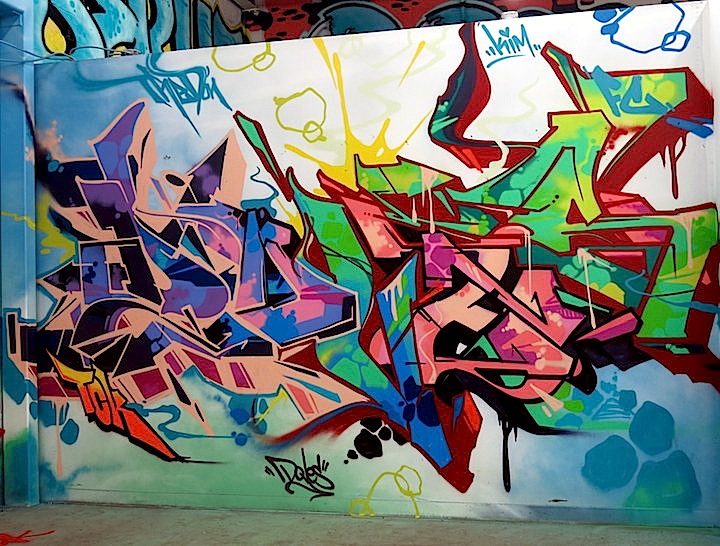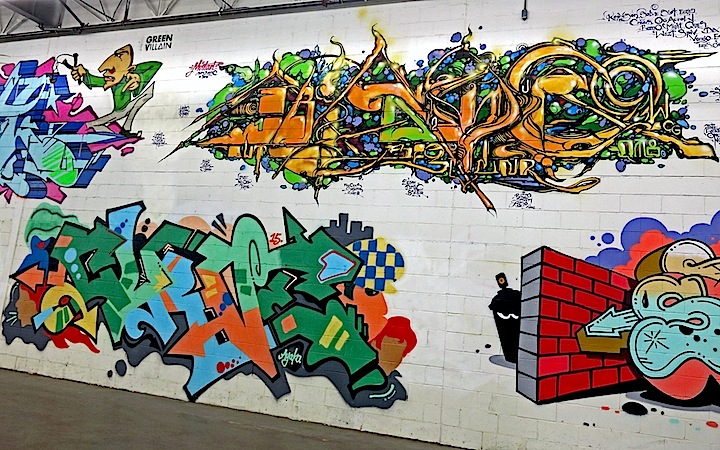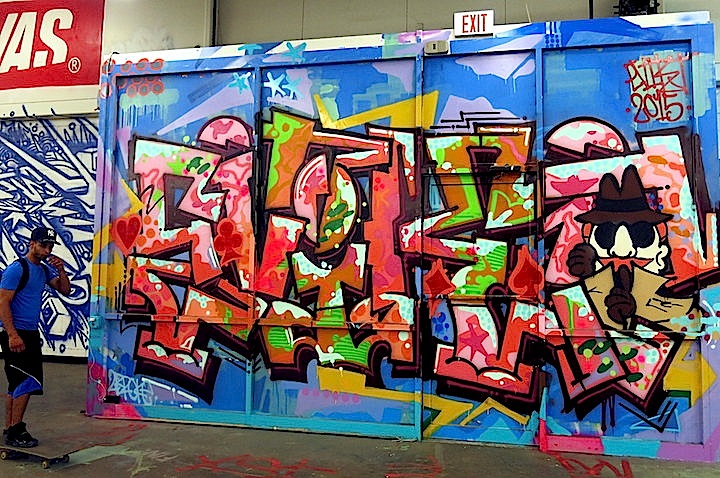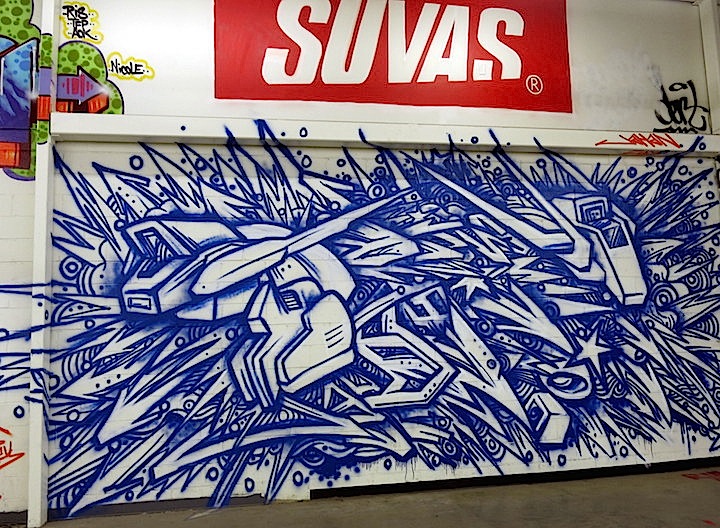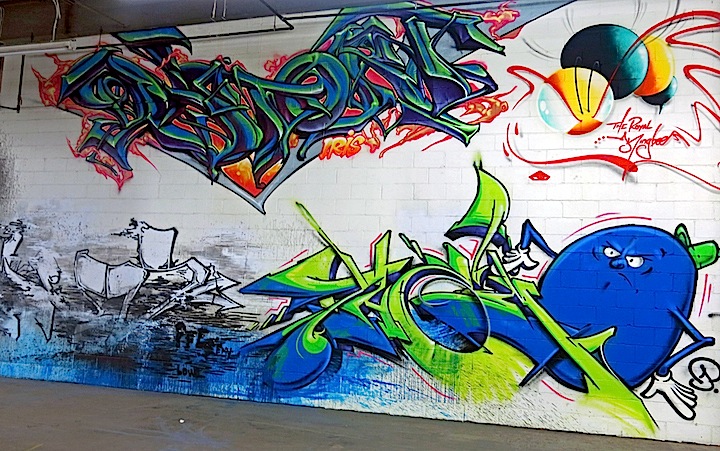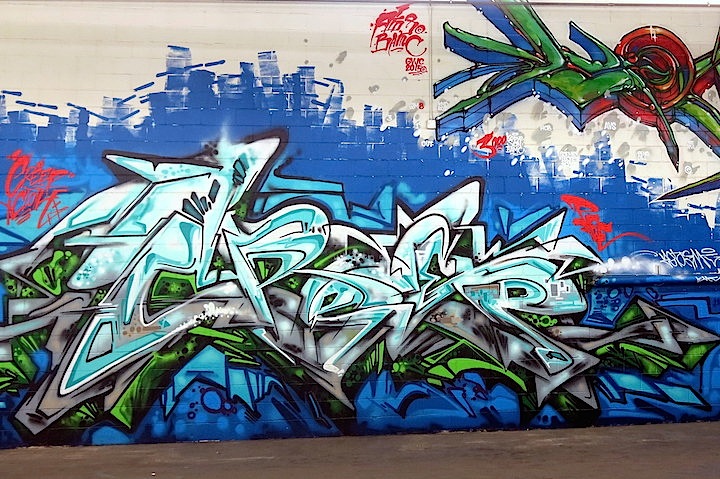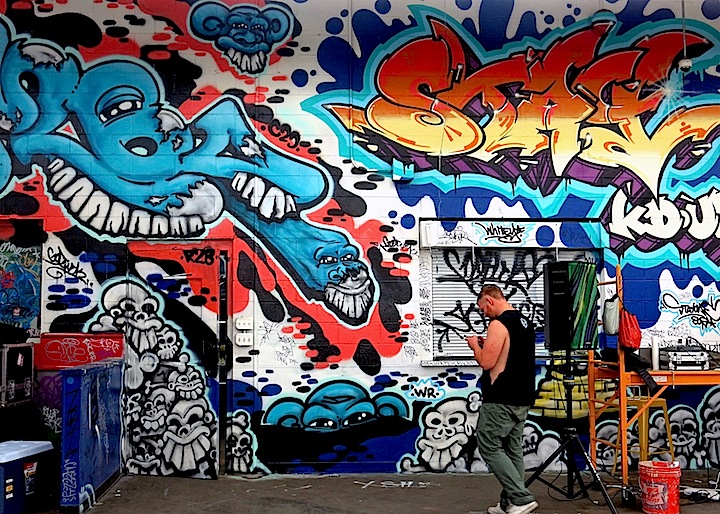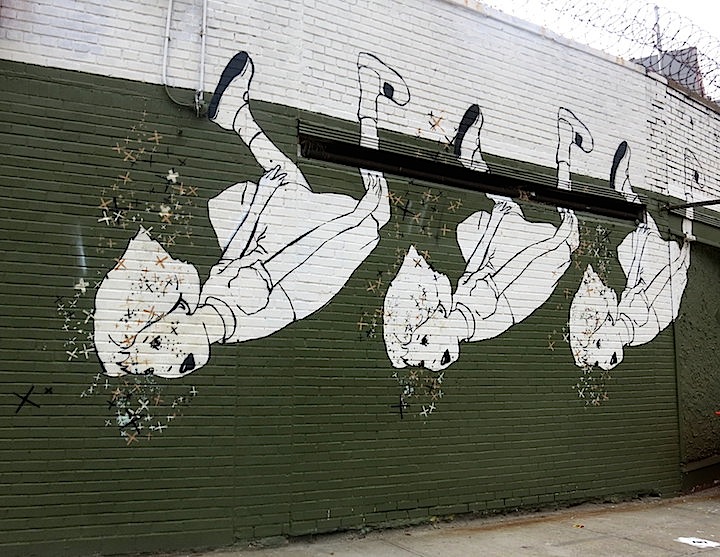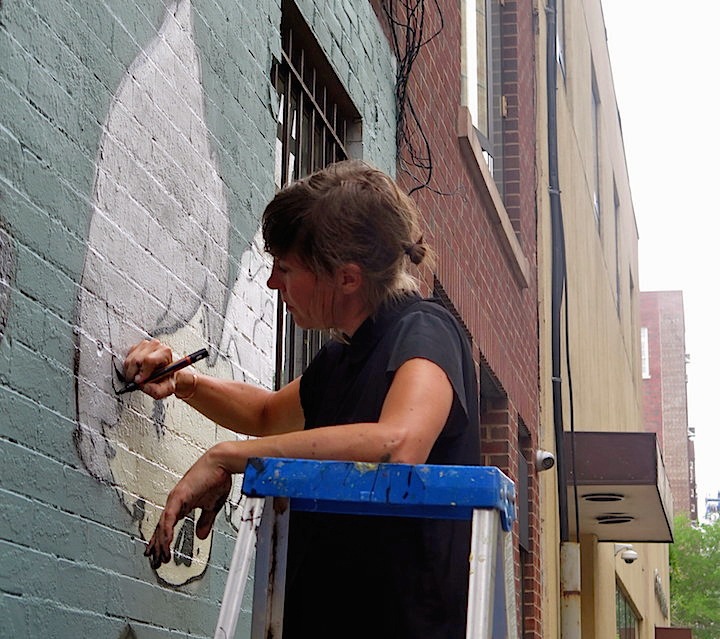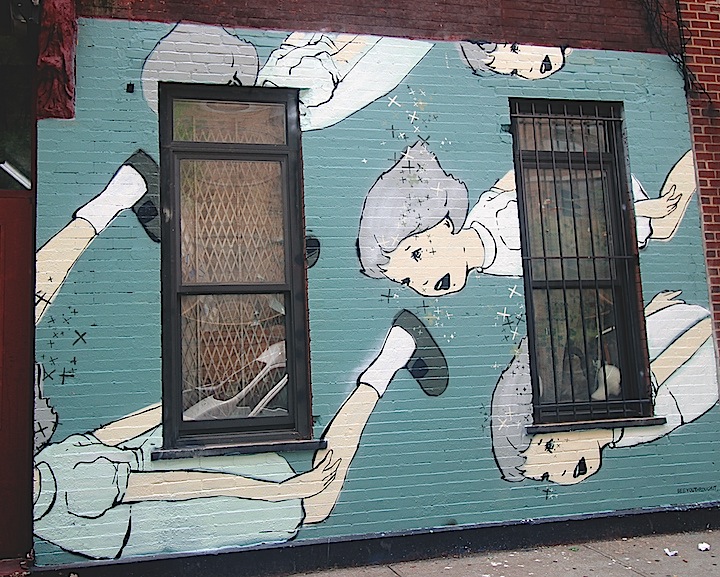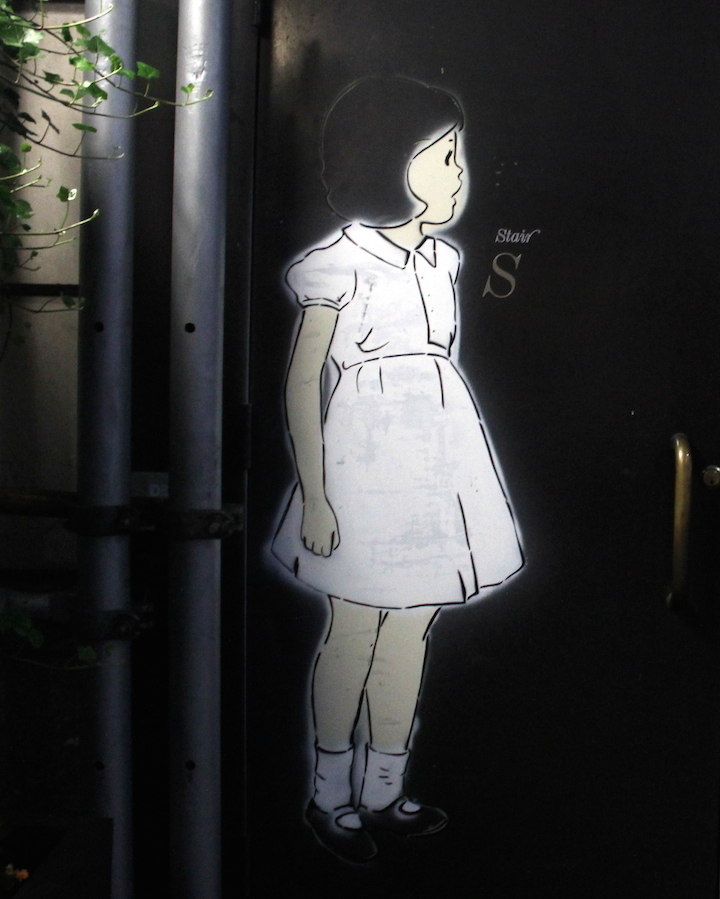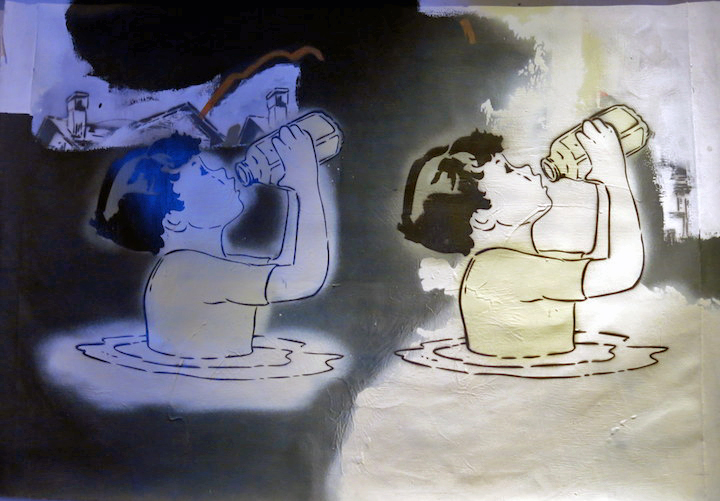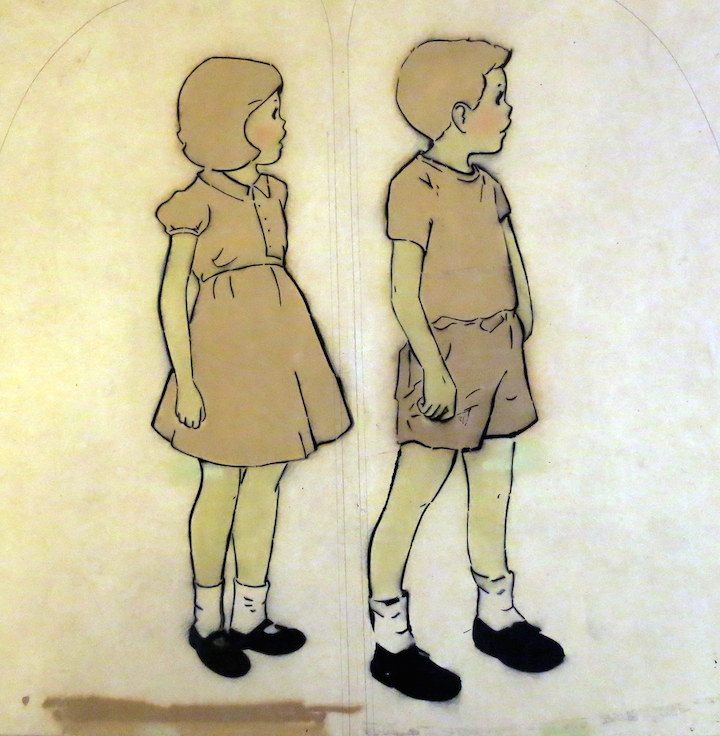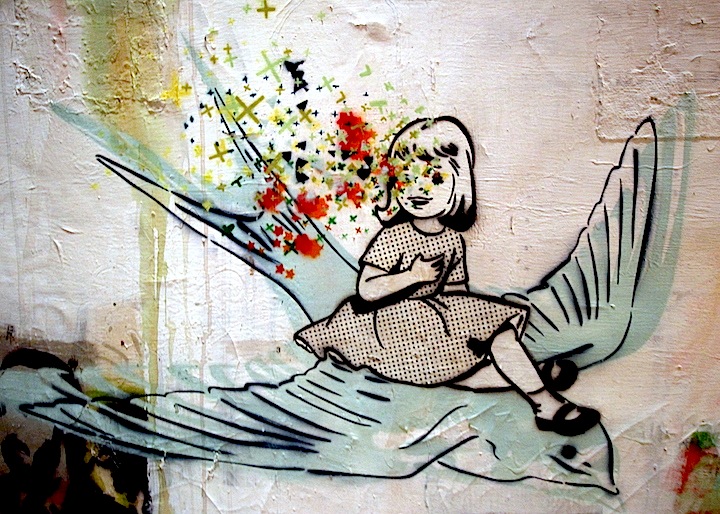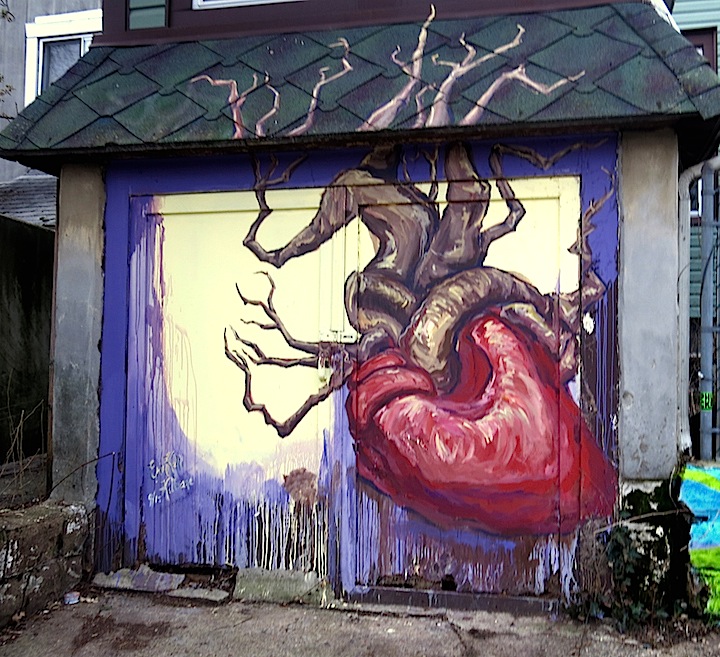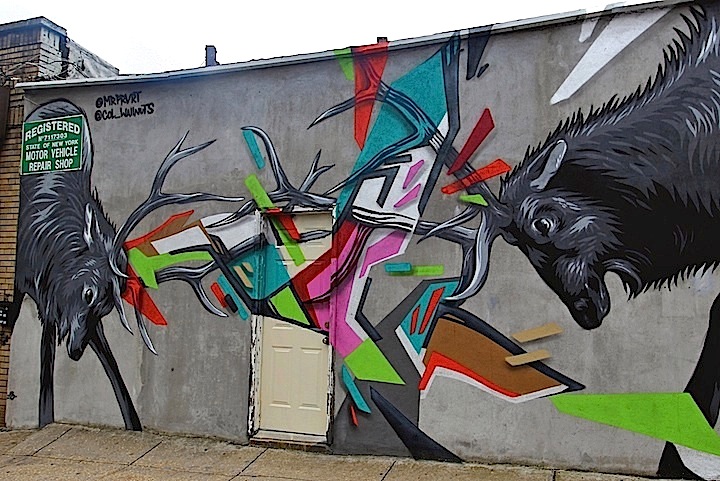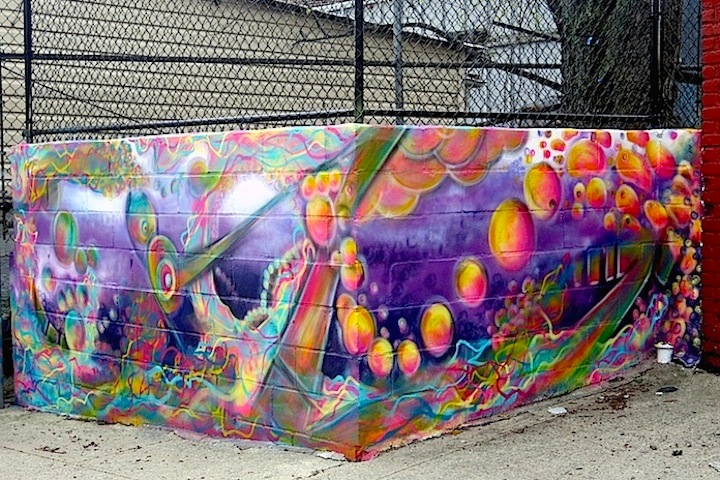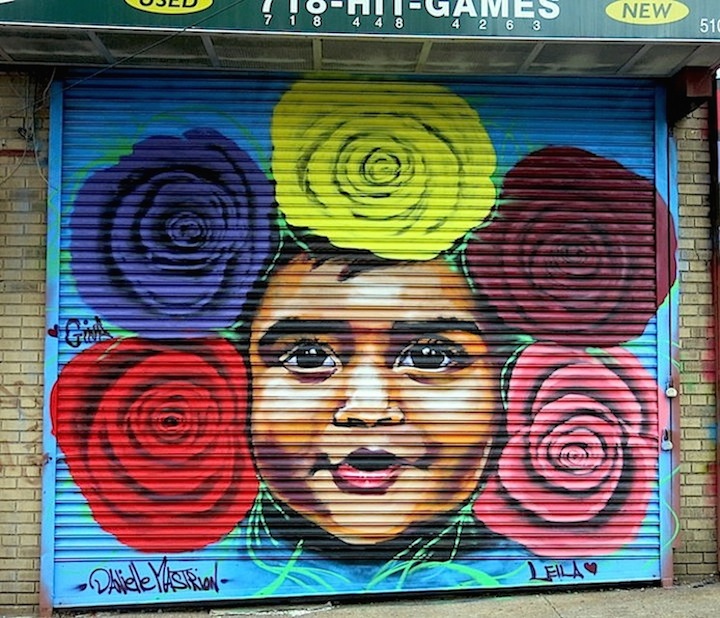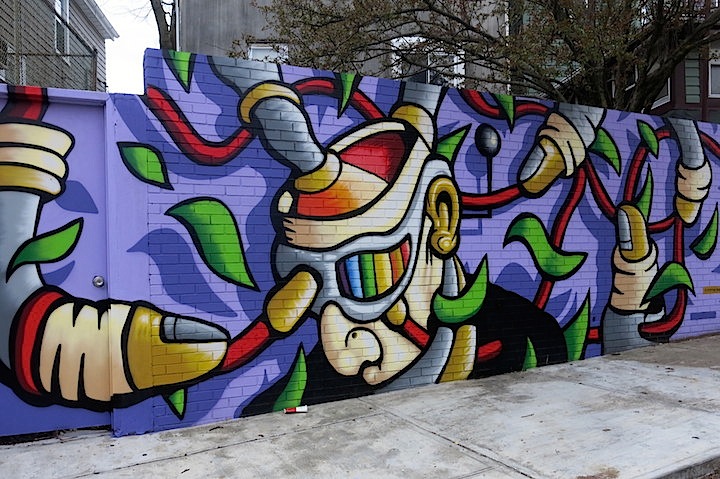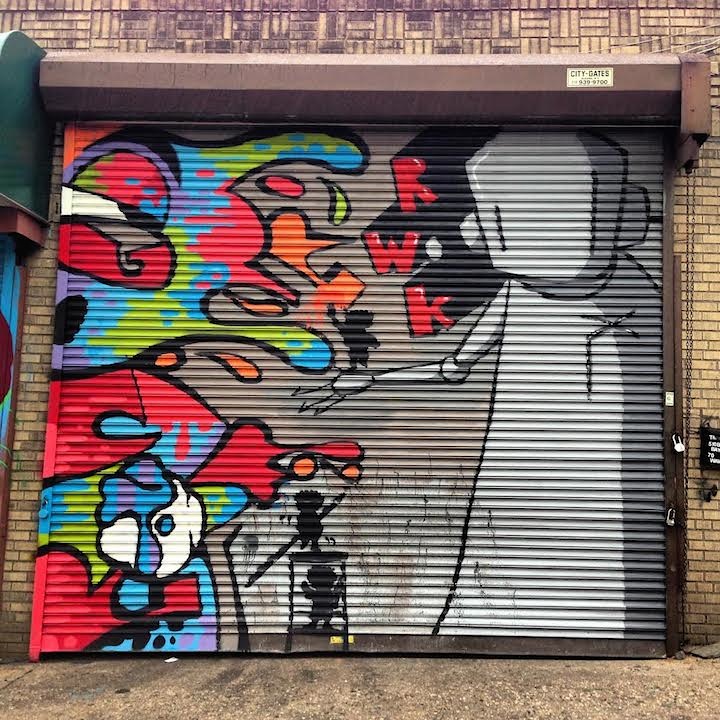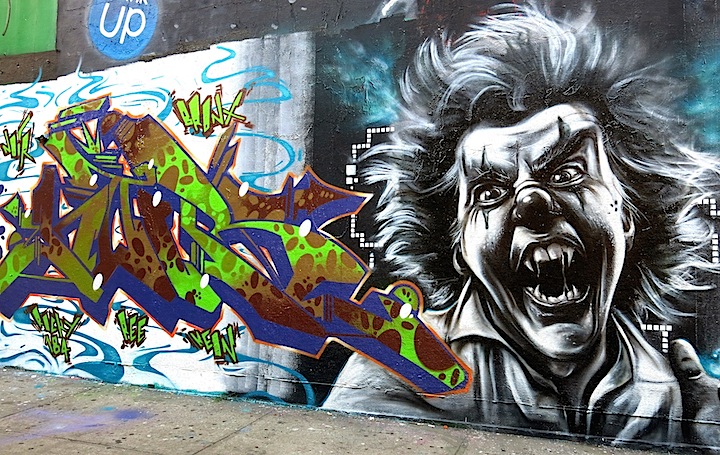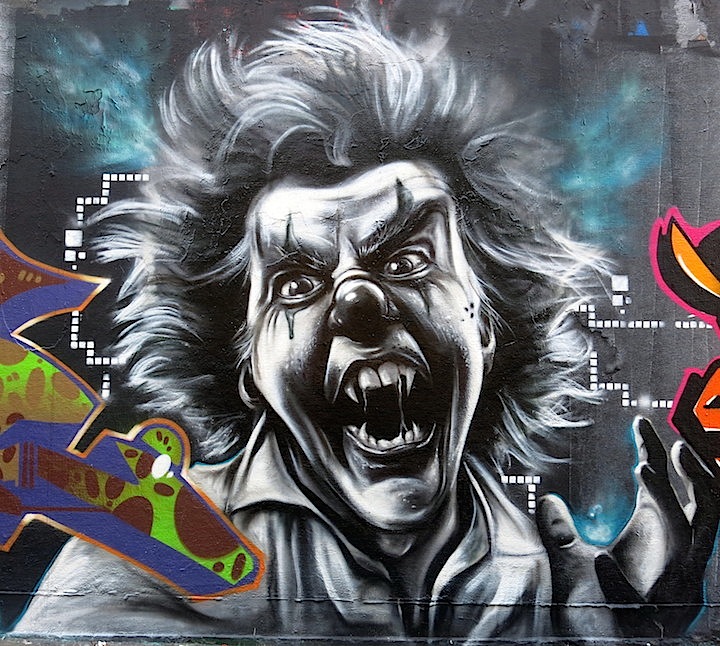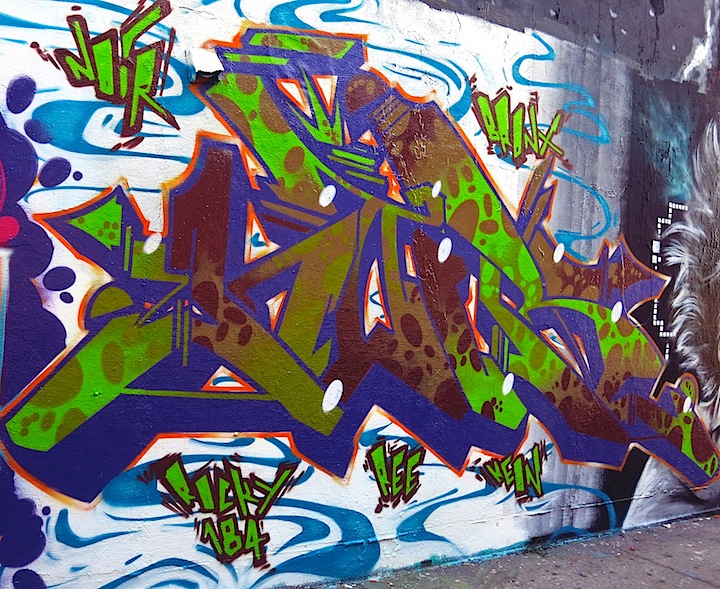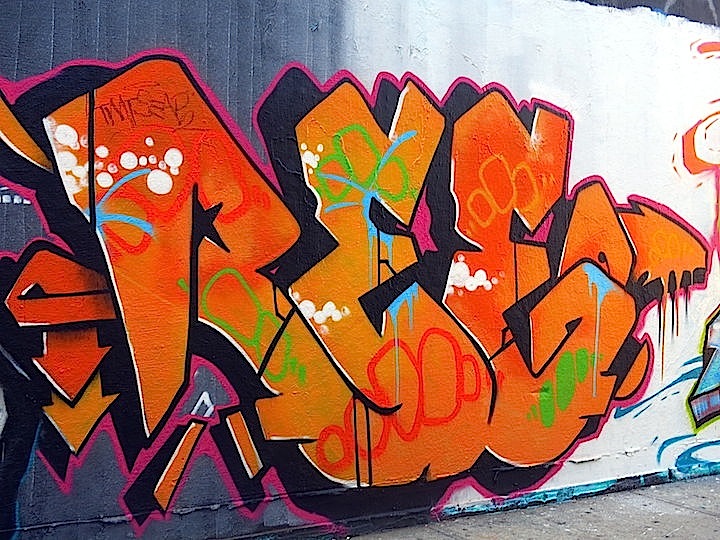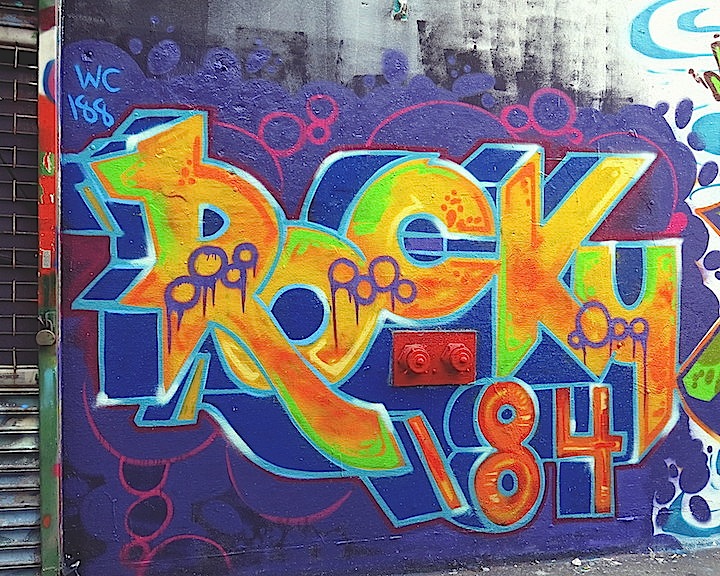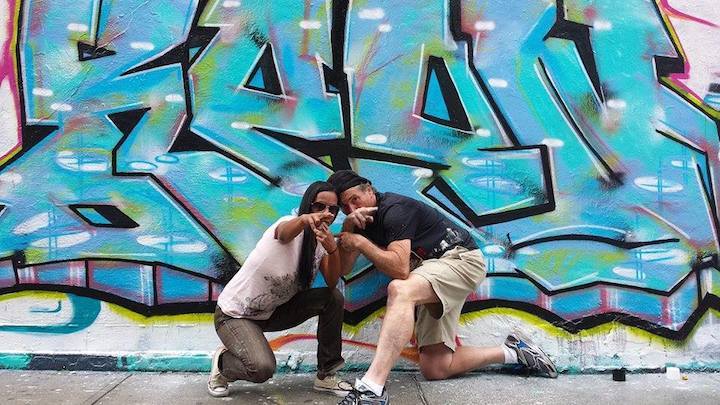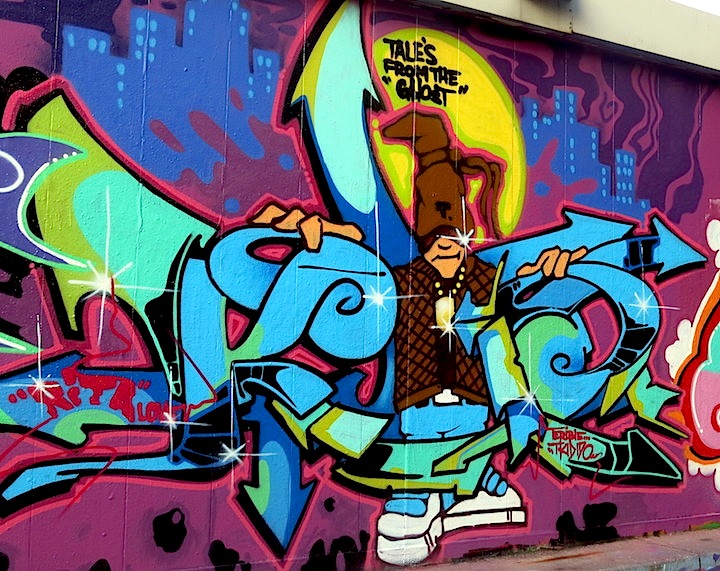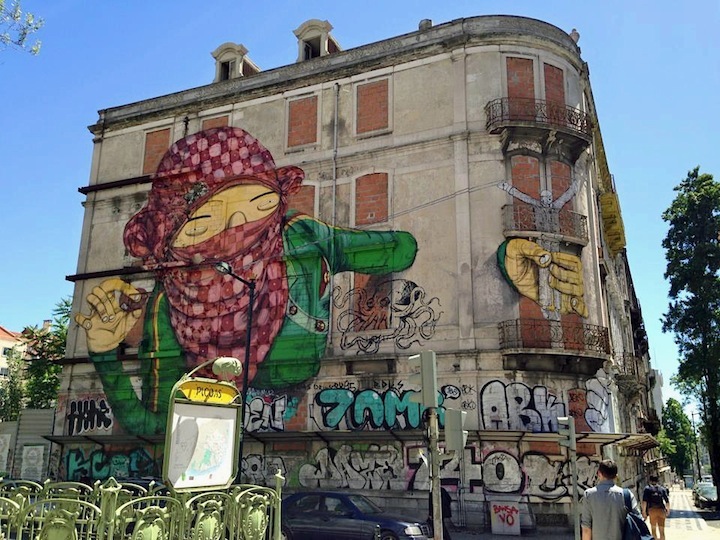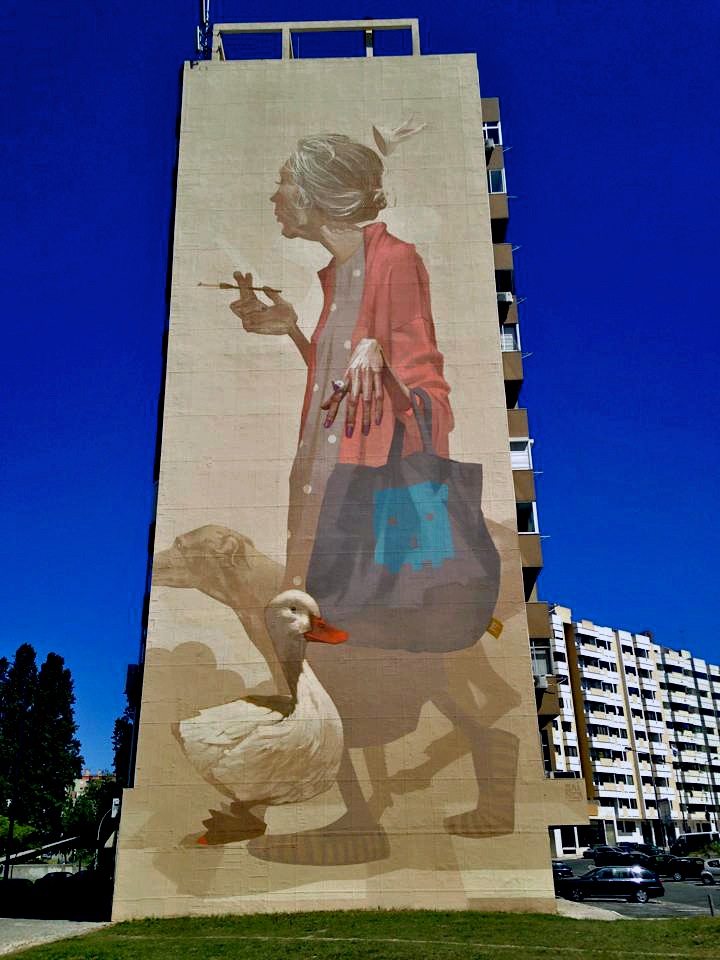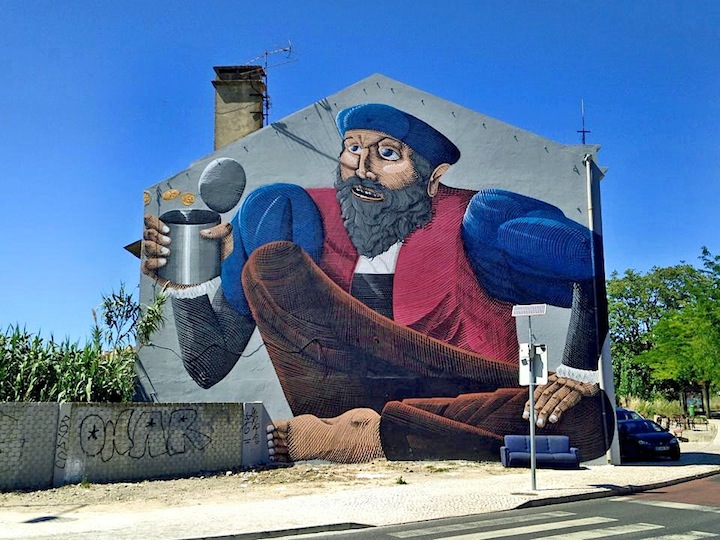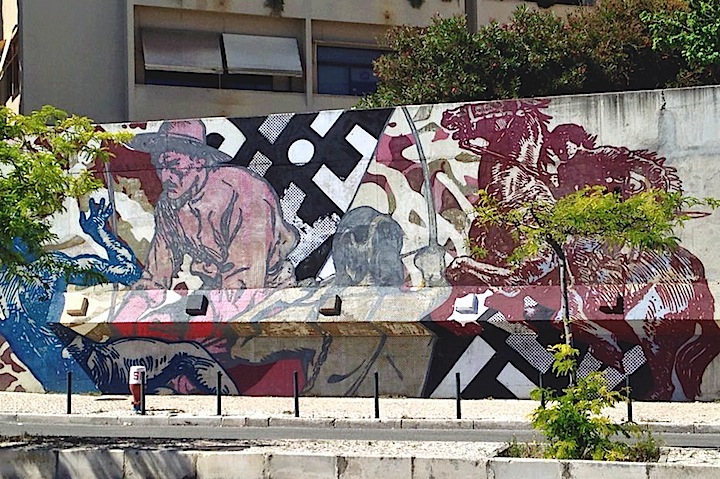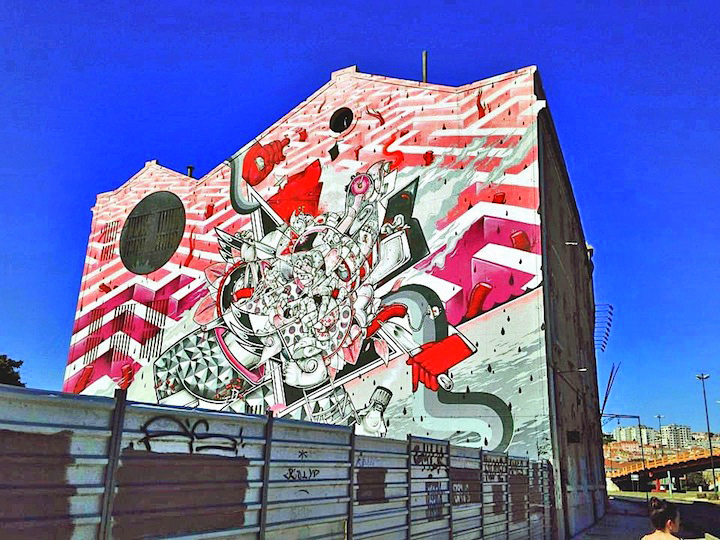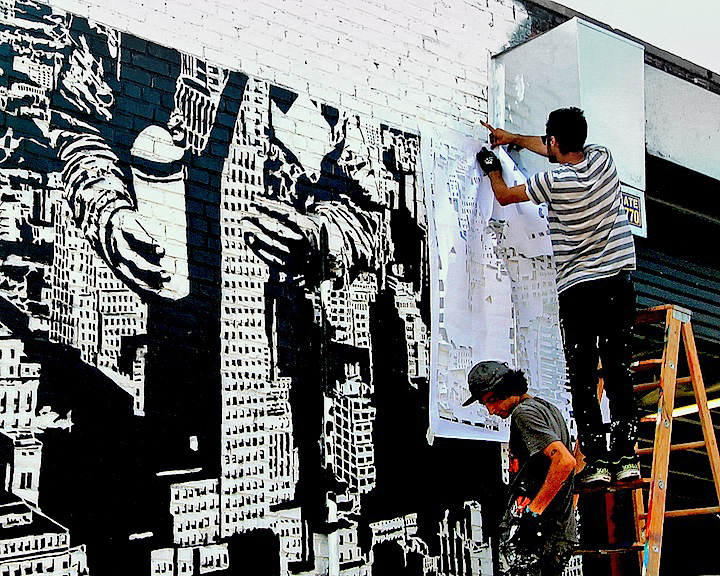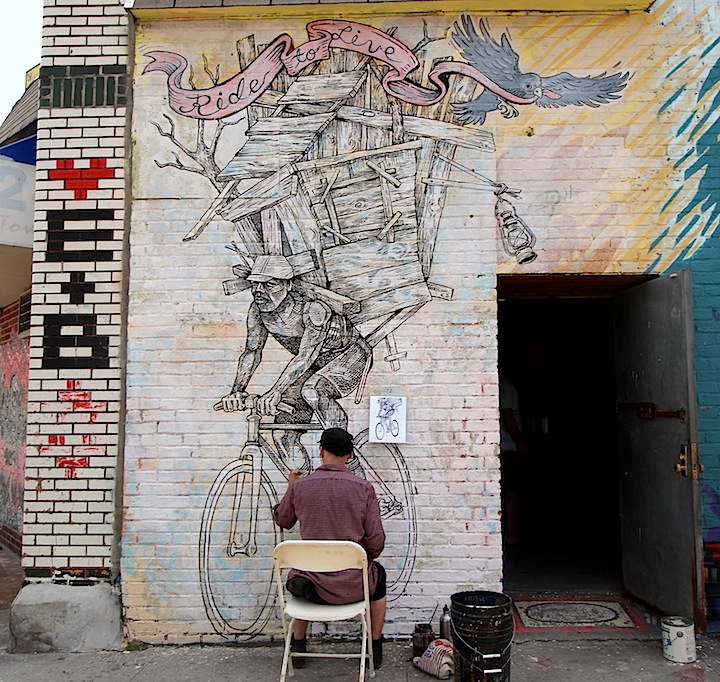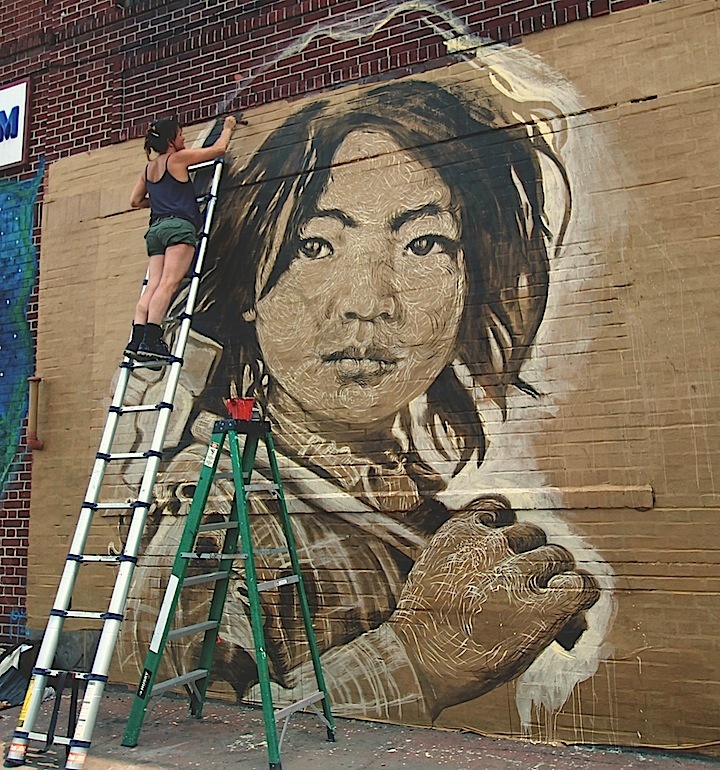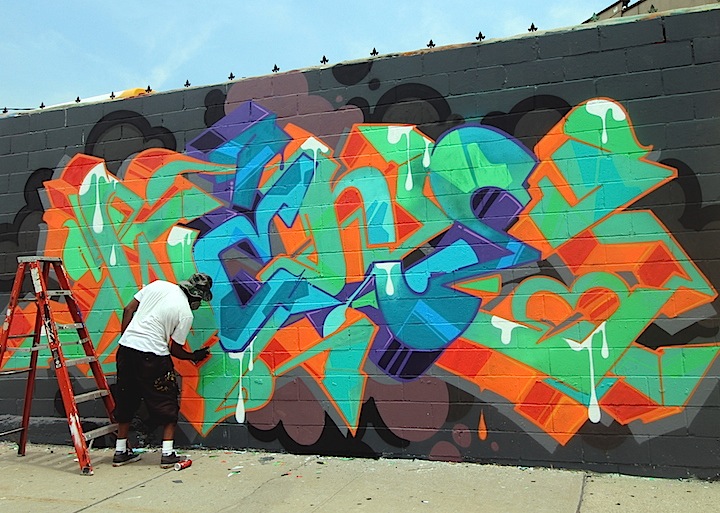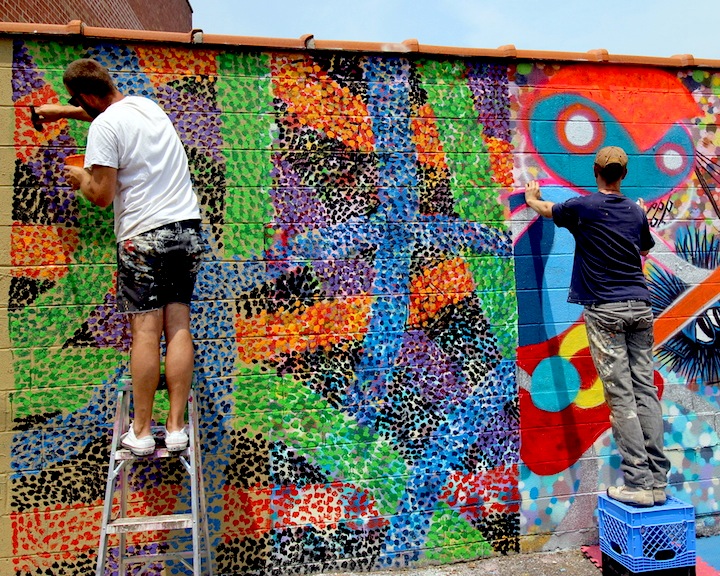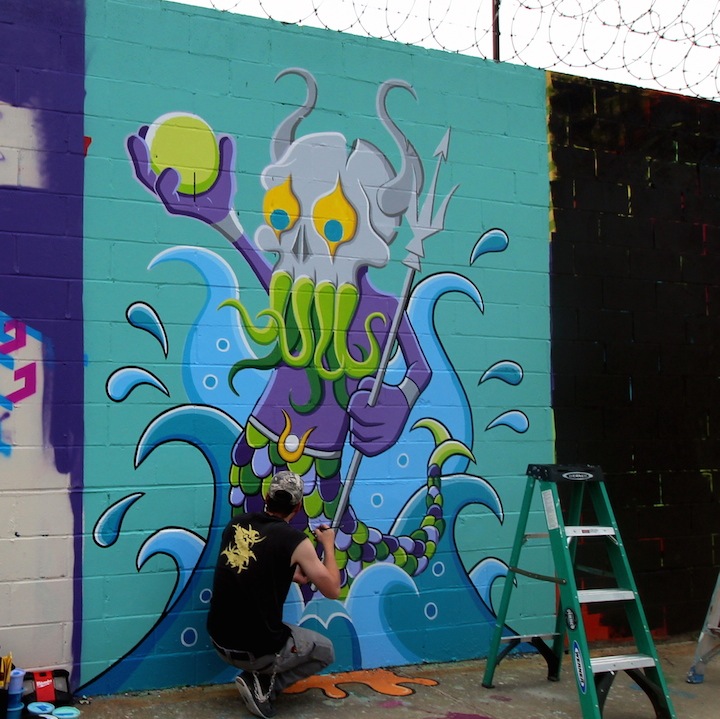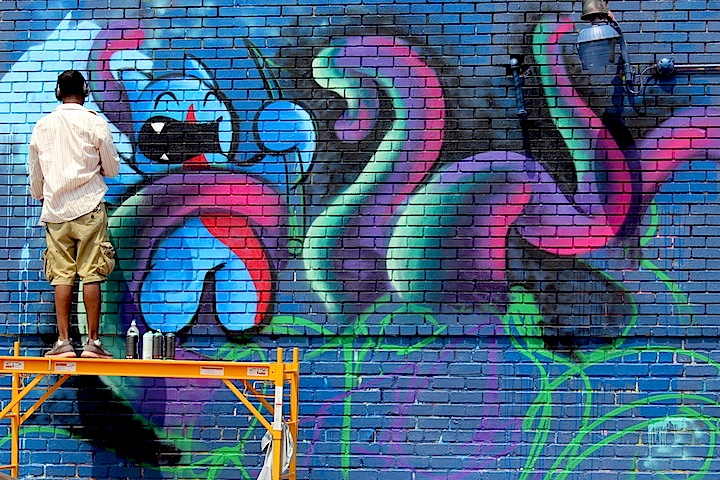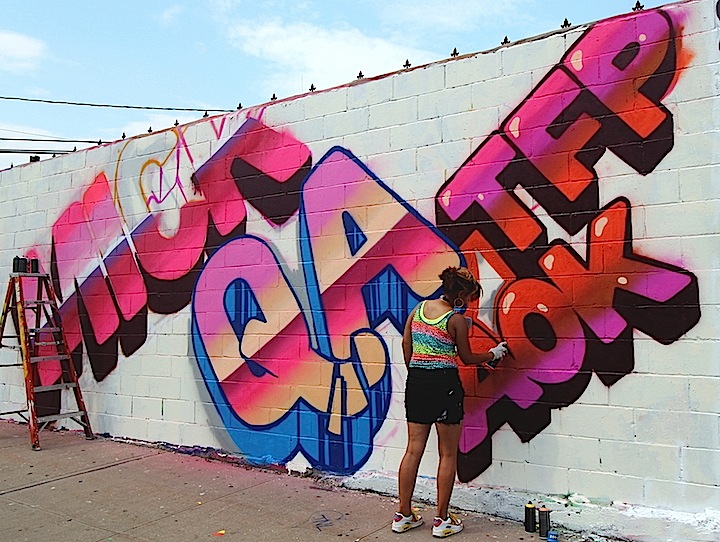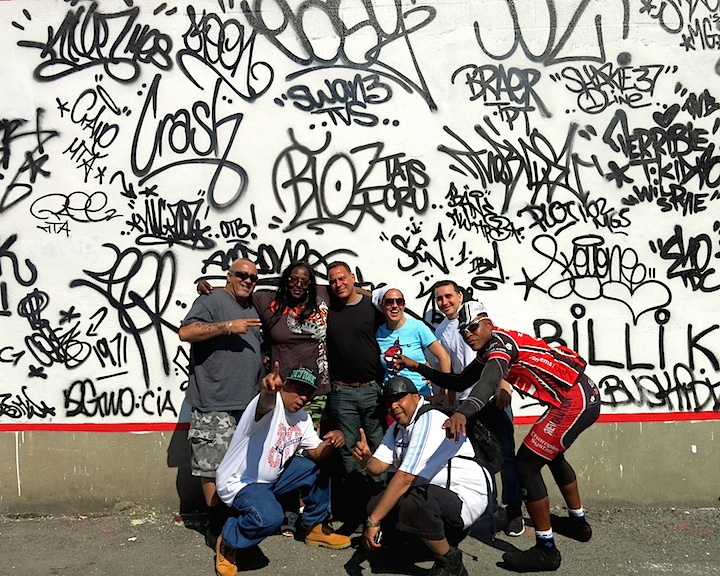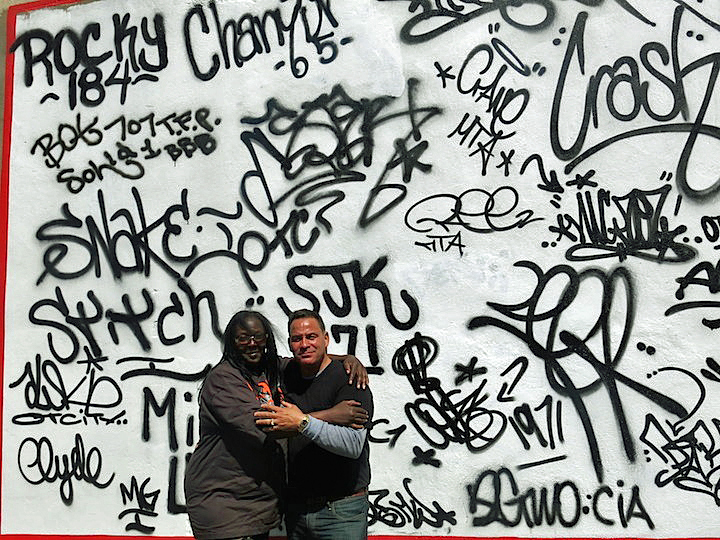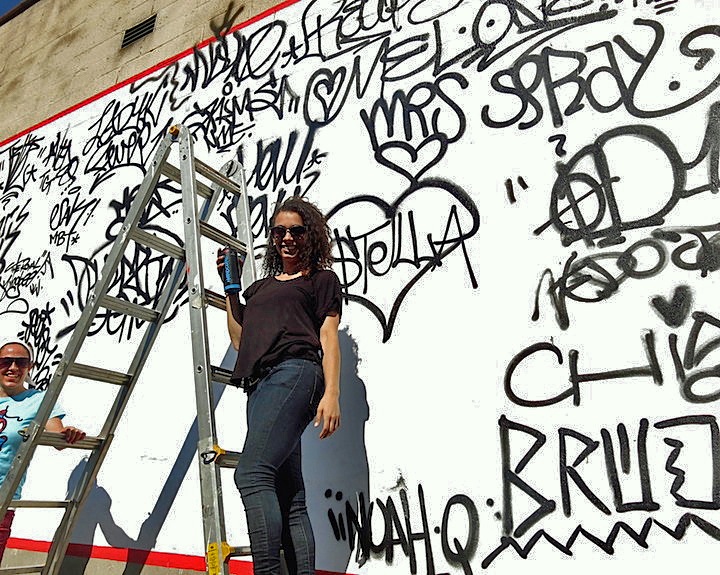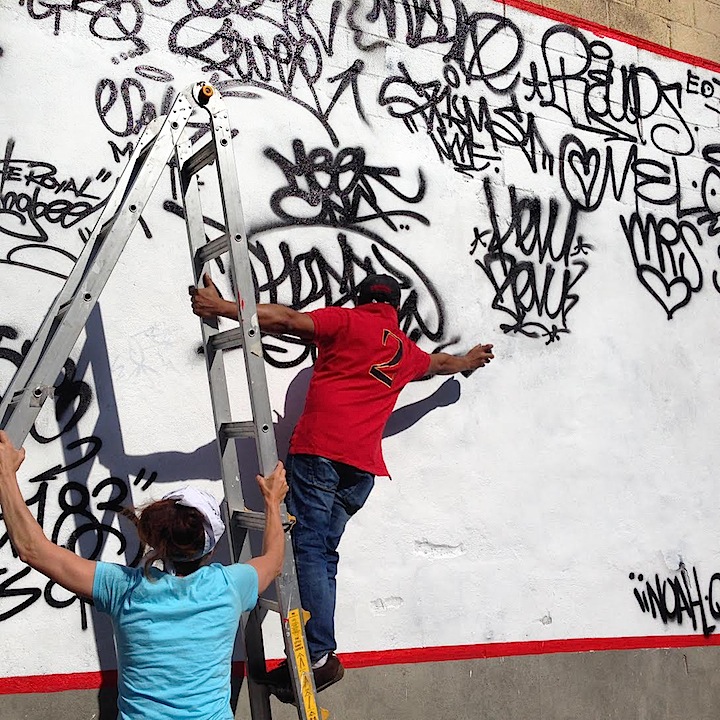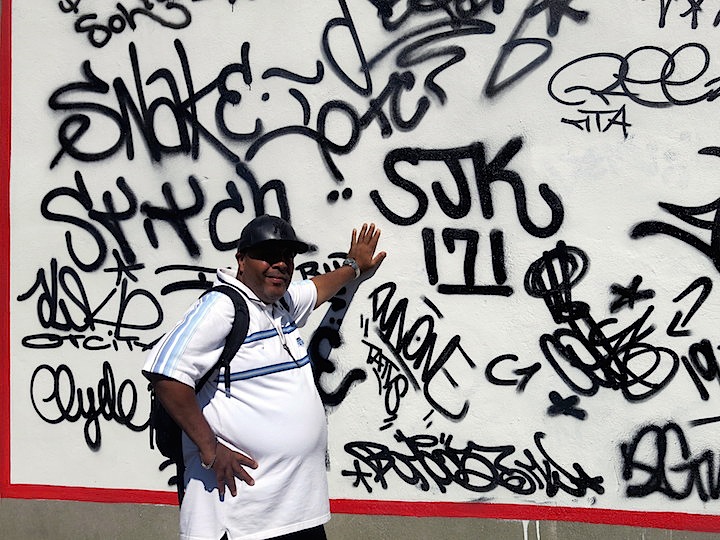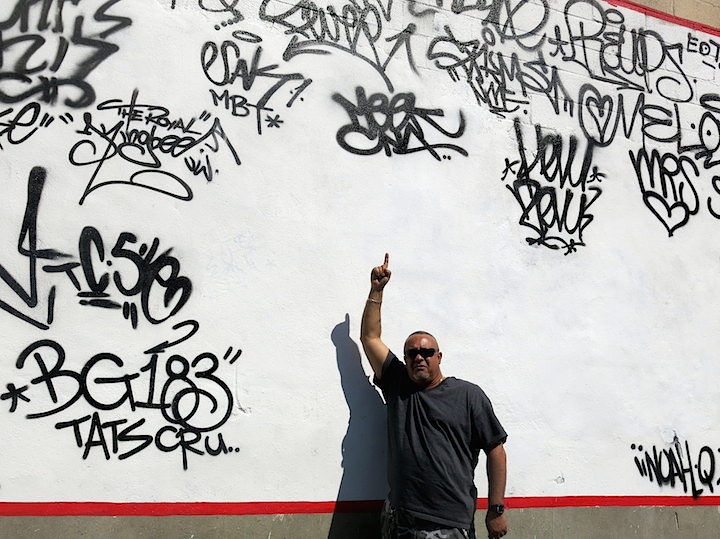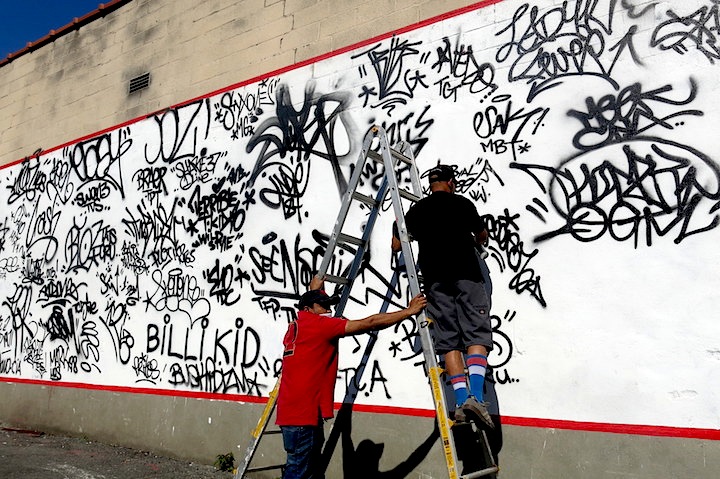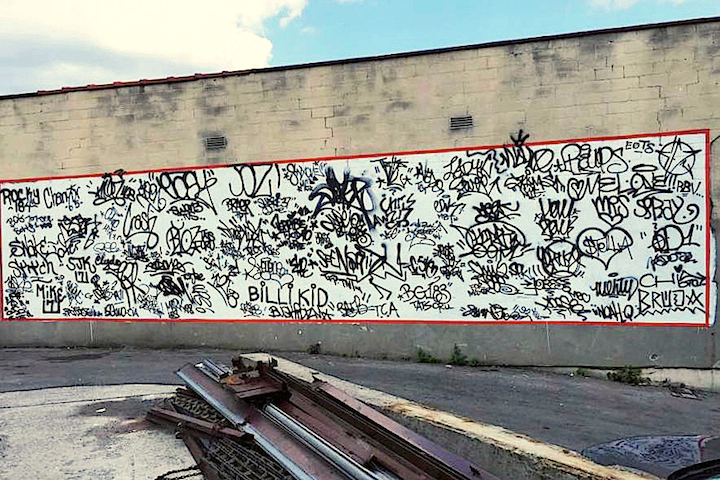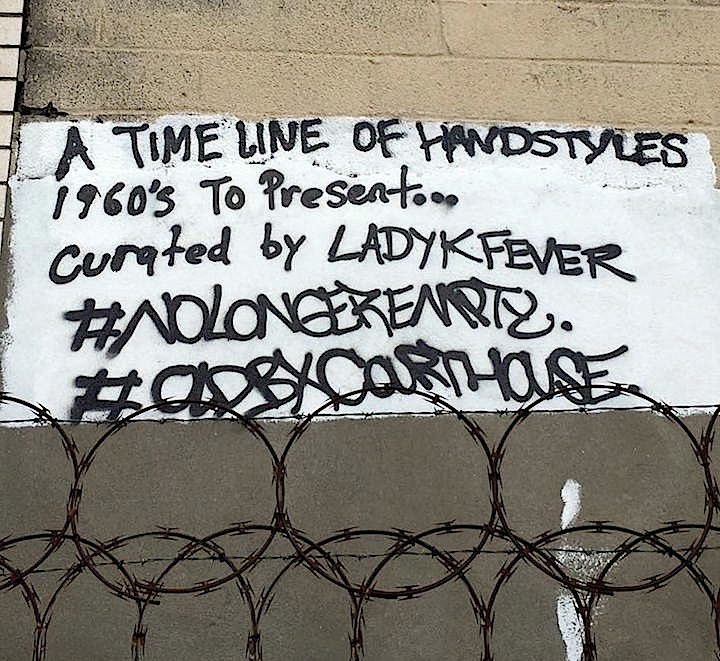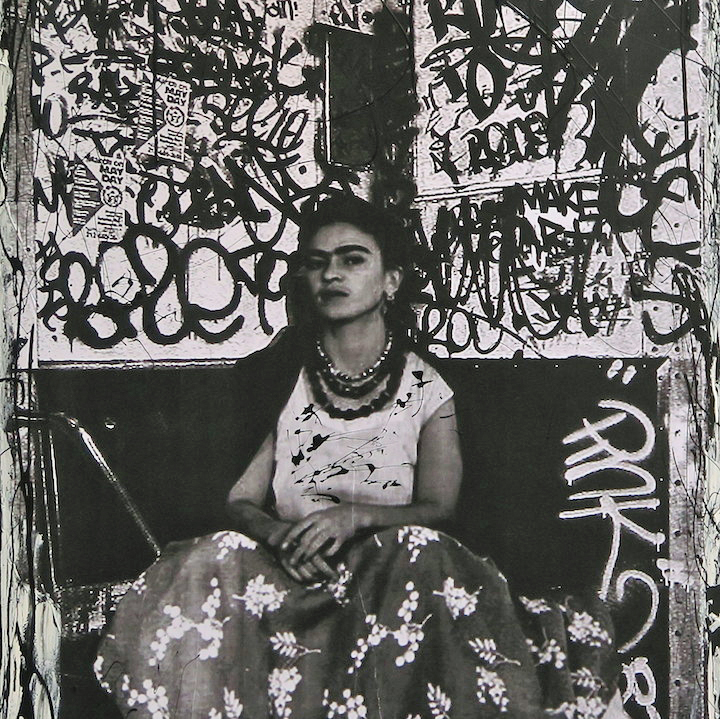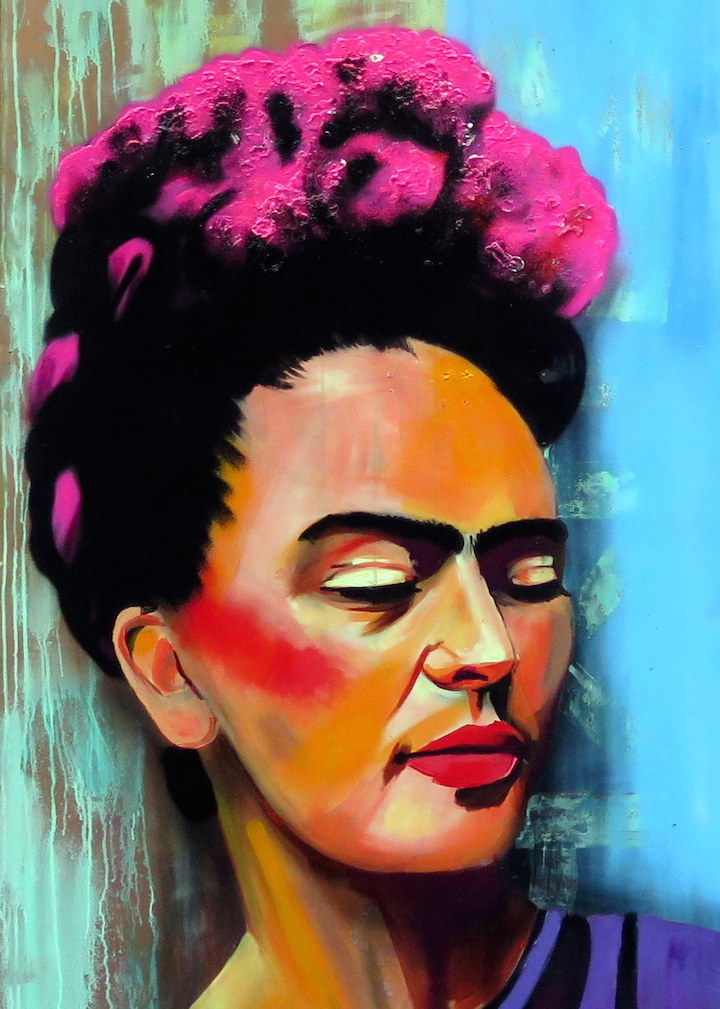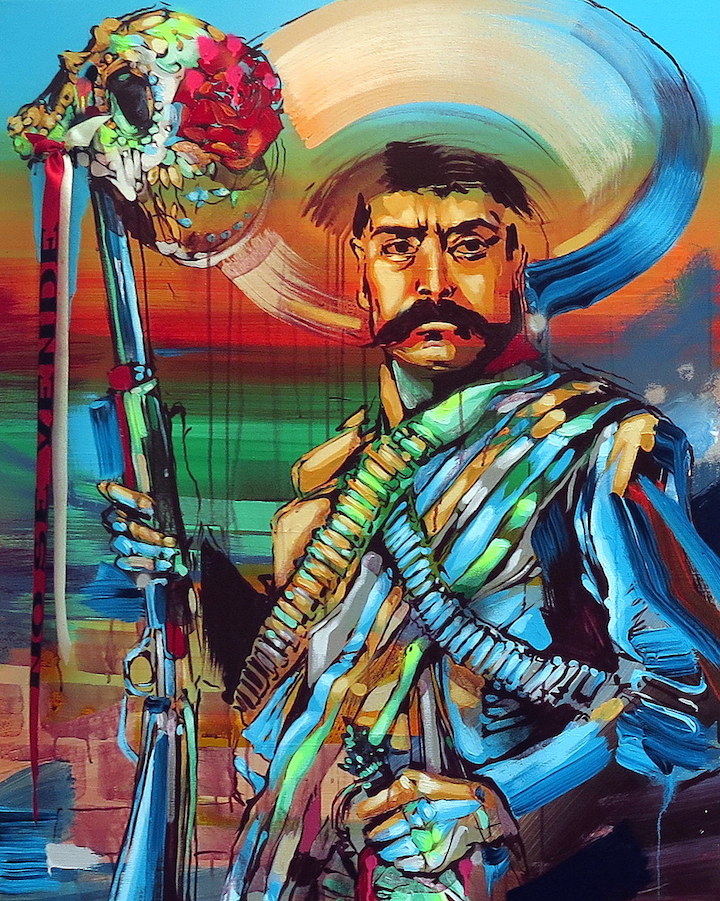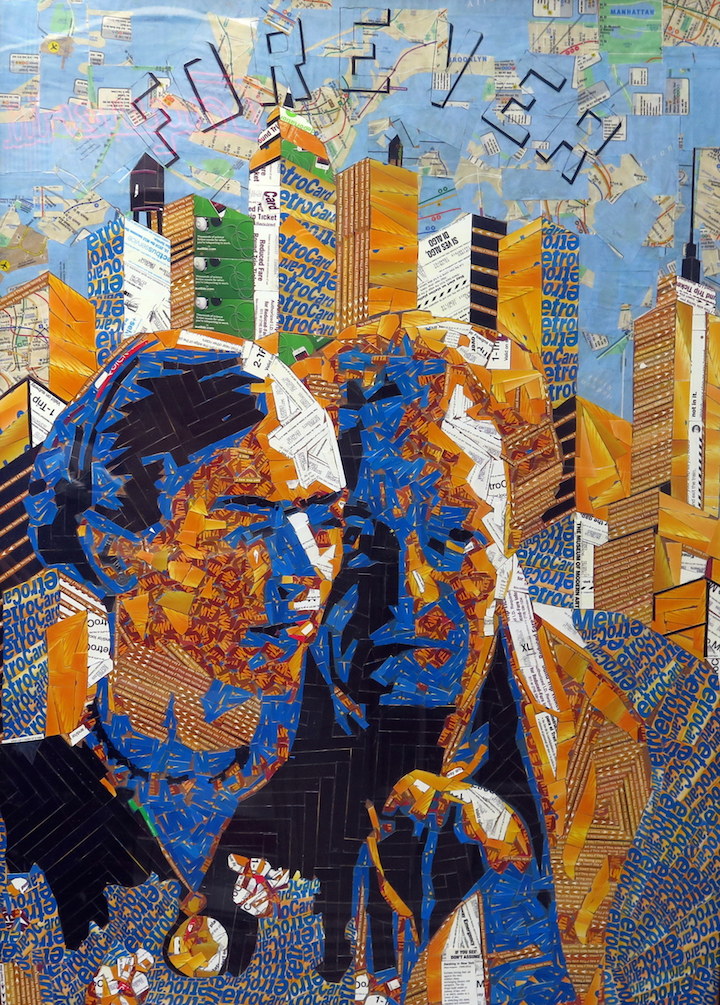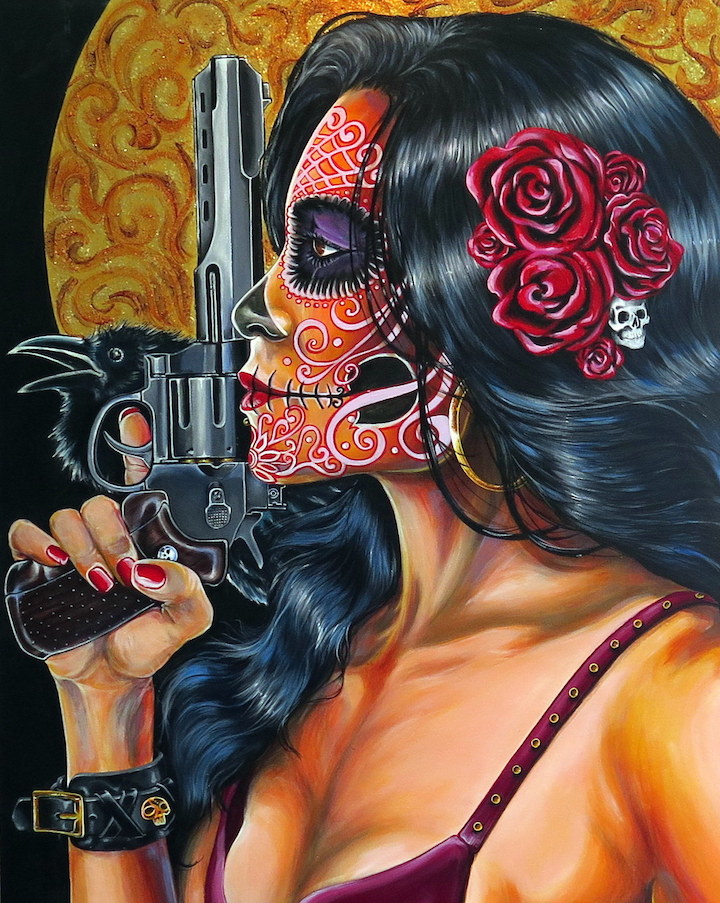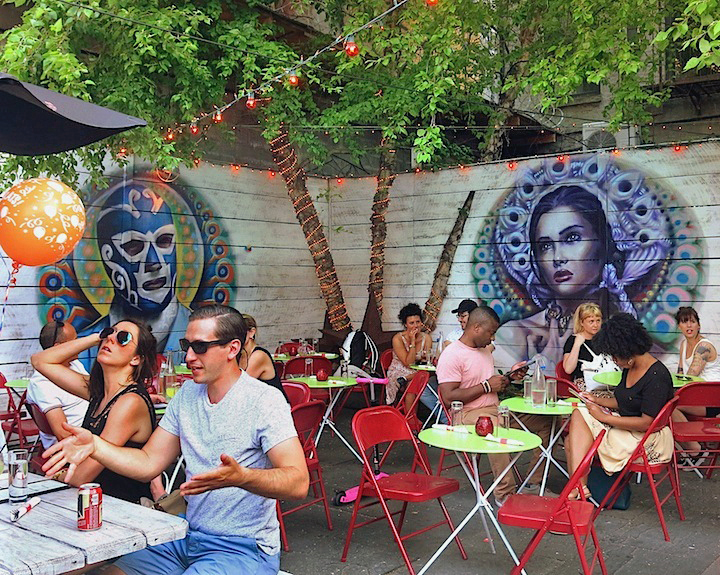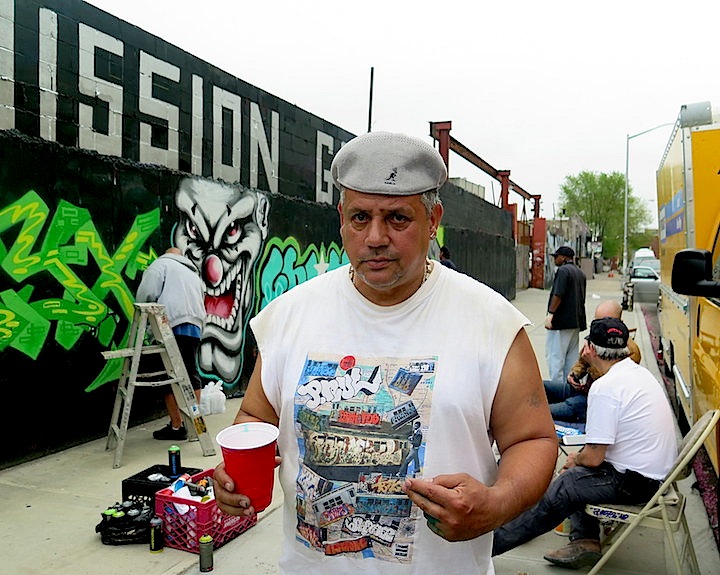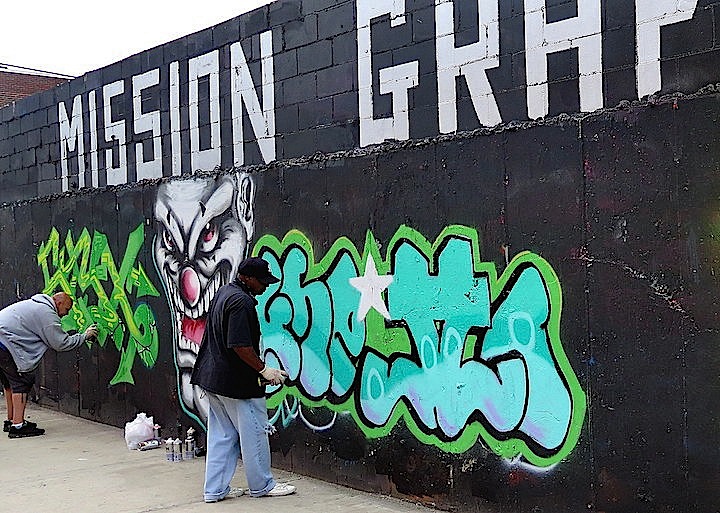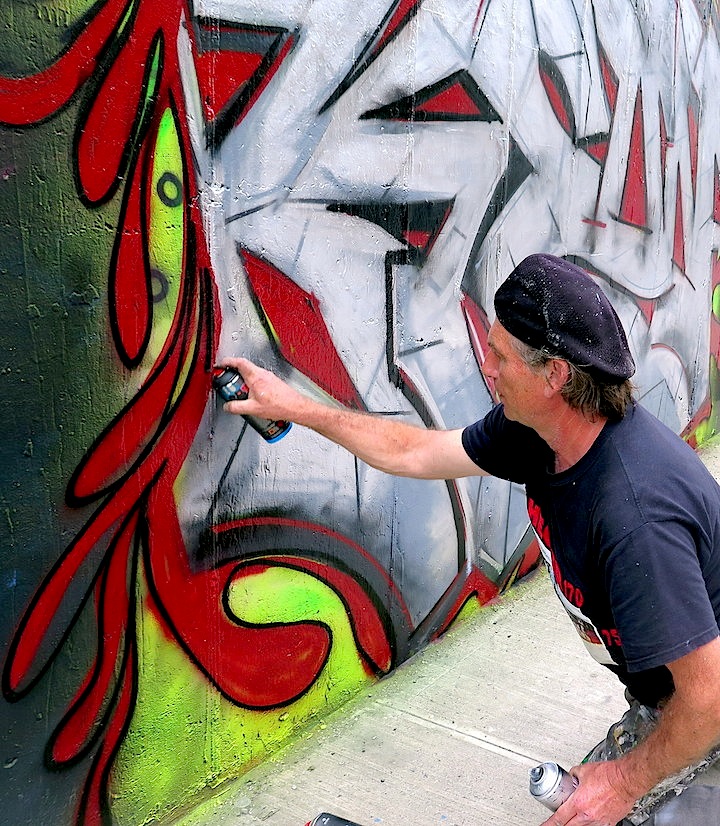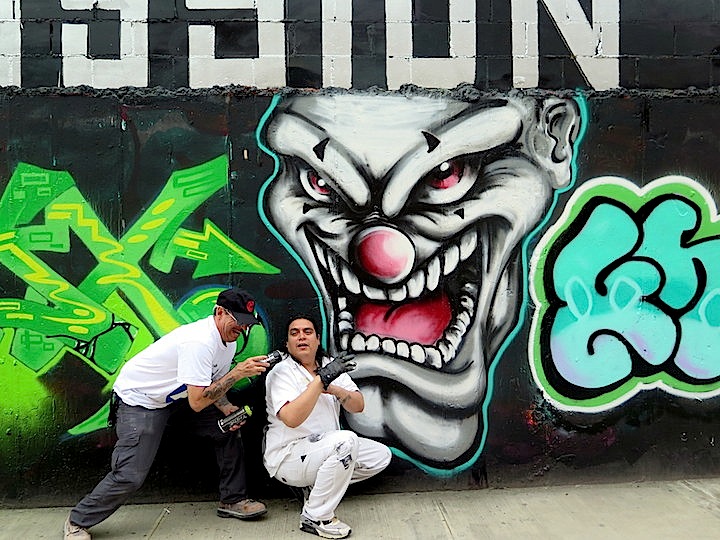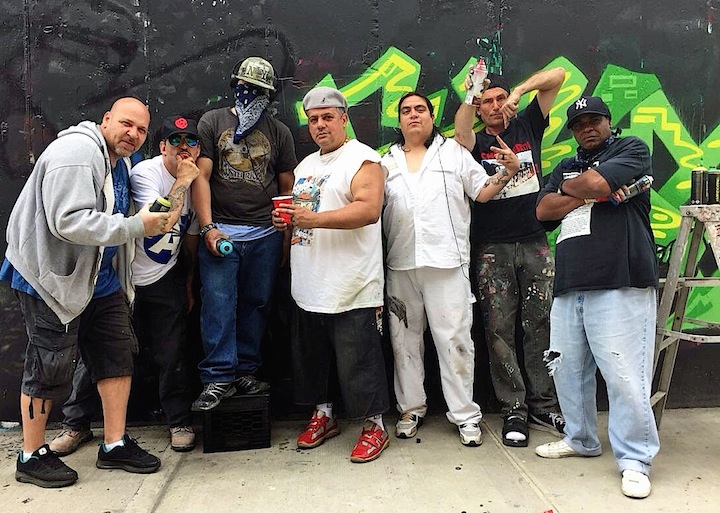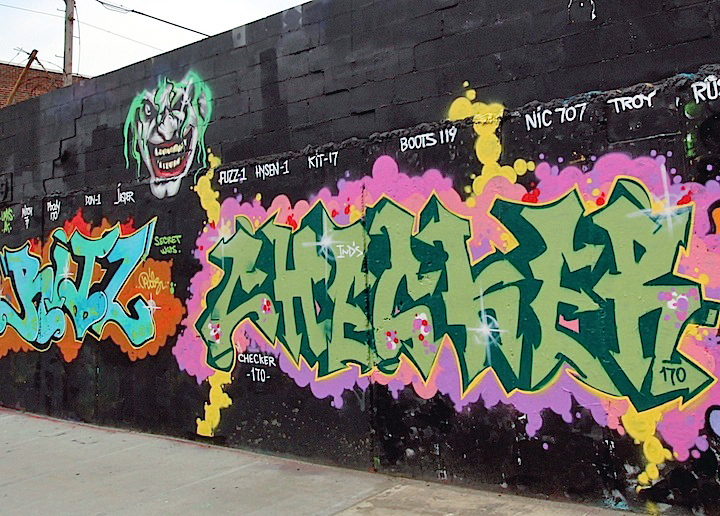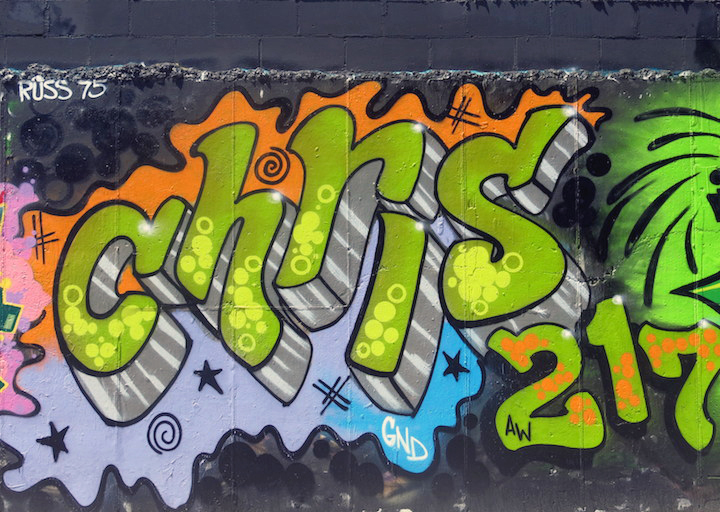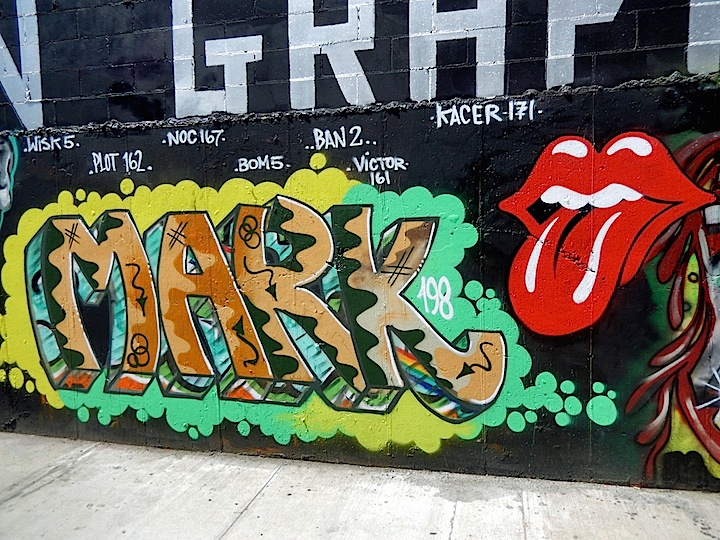For over three decades Bronx native Just One has been making his mark on NYC public and private spaces. We recently had the opportunity to speak to the prolific artist.
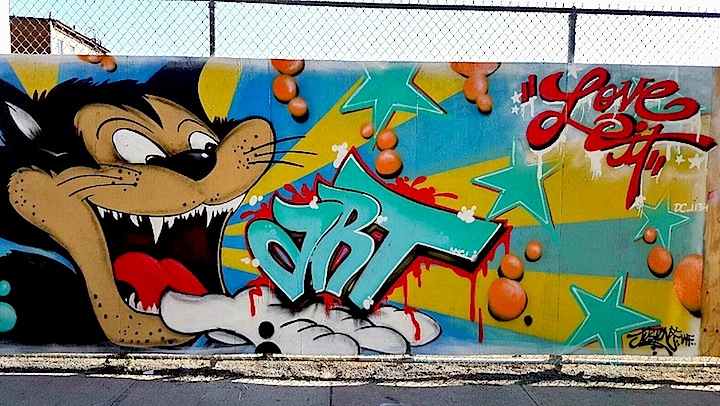
When did you first get up? And where?
It was back in 1984 — over 30 years ago — in the West Farms section of the Bronx. I was 14 at the time.
What inspired you to do so?
My older brother and his friends were all doing it. It was the natural thing to do.
Any early memories that stand out?
I was at a handball court in Crotona Park when the spray can I was holding in my hand almost burst into flames.
How did that happen?
It came into contact with a cigarette lighter, and could have easily blown up.
We’re glad it didn’t! We’ve noticed your work in quite a few projects these days – from JMZ Walls in Bushwick, Brooklyn to Operation Skittles at August Martin High School in Jamaica, Queens. Do you prefer legal or illegal surfaces?
I love painting anywhere – but to experience the full essence of graffiti, there is nothing like painting on a surface I discover on my own. Finding a space, being there alone and creating something out of nothing is the ultimate experience.
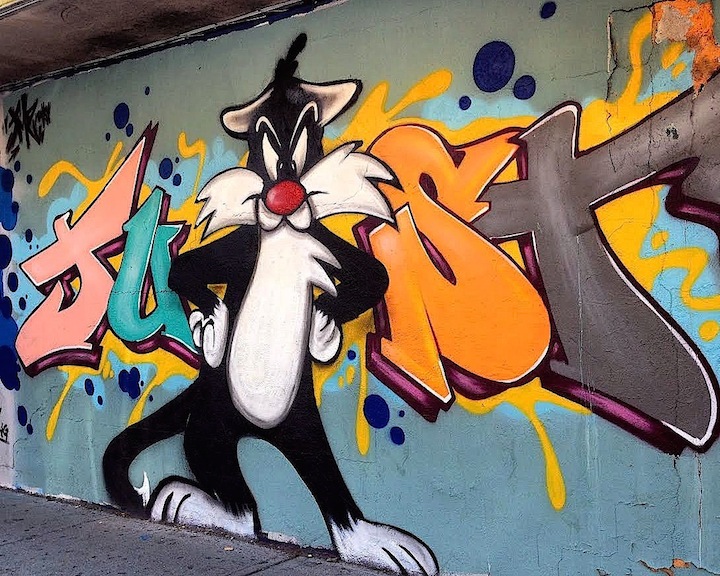
Have you ever been arrested for graffiti?
No!
How’s that?
I have good instincts.
What was the riskiest graffiti-related thing you’ve ever done? And why did you do it?
Hitting an elevated abandoned train line, where I had to hop over each wall to do another letter. Why did I do it? I’d been eyeballing that spot for quite awhile and nobody else took it, so I’d figure I’d take my chance. And, yes, it was worth it!
How does your family feel about what you are doing?
My children love it!
What percentage of your day is devoted to your art these days?
About 70%.
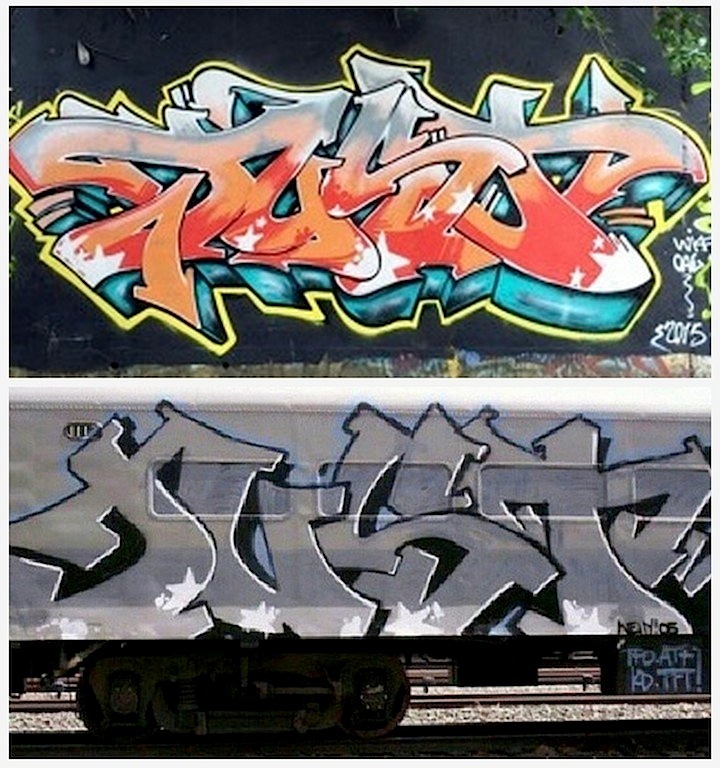
What keeps you painting after all these years?
Passion and the adrenalin rush! It also relieves my stress.
Any thoughts on the graffiti/ street art divide?
I, myself, prefer the movement and flow of graffiti. But art is art. And street art can be beautiful.
How do you feel about the movement of graffiti and street art into galleries? Have you shown your work in galleries?
I don’t have a problem with that. It’s a good thing! I’ve shown at the Jeffrey Leder Gallery in Long Island City and in bars and other alternative spaces around town.
Do you prefer working alone or collaborating with others?
Both.
Is there anyone in particular you would like to collaborate with?
I’d like to paint with Mitch 77, Jamie Hef and Lee Quinones.
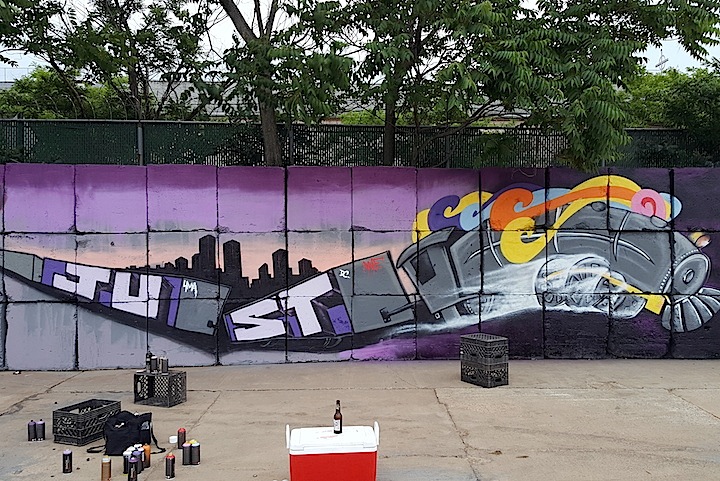
Do you rep any crews?
TMC, TFO, KD, COA and I’m the prez of WF, World Famous Crew.
How you feel about the role of the Internet in this scene?
It can be too much. When it gets too much into your business, it’s bad.
Do you have a formal arts education?
I’m self-taught, but my teachers always encouraged me to draw.
Do you work with a sketch in your hand or do you let it flow?
I freestyle.
Are you generally satisfied with your work?
Most of the time!
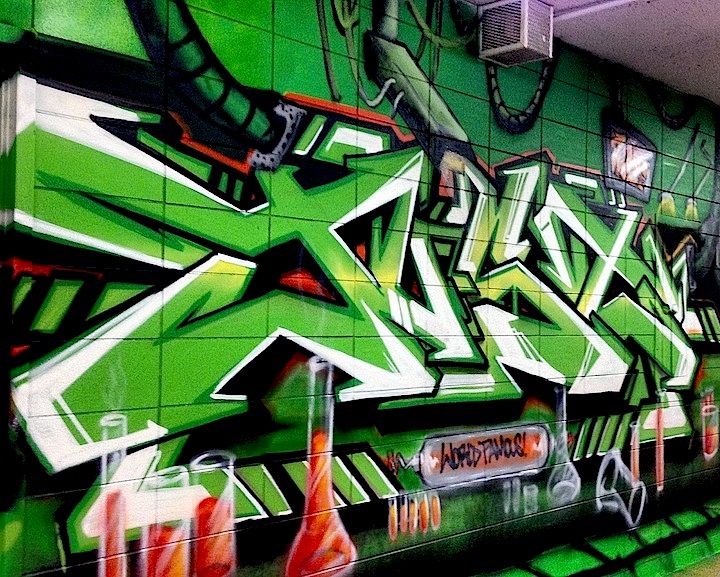
How has your work evolved in the past few years?
It’s sharper and neater. And I work much faster.
What do you see as the role of the artist in society?
To inspire others to express themselves.
How do you feel about the photographers in this scene?
The more exposure our works get, the better for us.
What do you see as the future of graffiti? Where is it going?
It will continue to evolve.
And what about you? What’s ahead for you?
I plan to keep painting. And I want to get back into the canvas scene and hopefully — sometime soon — do a solo show.
Interview by Lois Stavsky with City-As-School intern Diana Davidova; photos: 1, 3-5 courtesy of Just; 2 & 6 (with Awez) Lois Stavsky
